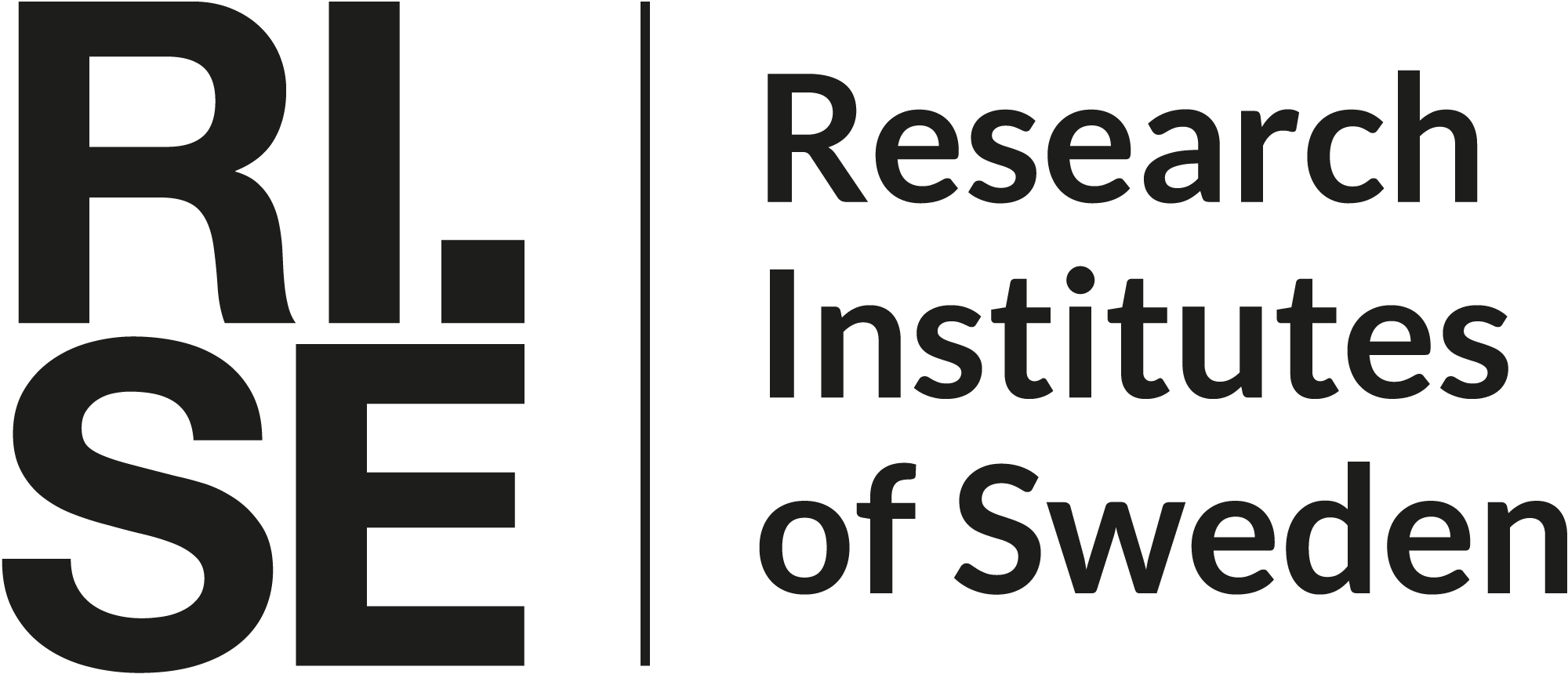SSPA Maritime Center - adapted solutions for a sustainable and resilient maritime future
We offer you our expertise, independent guidance and assessment within shipping and maritime operations.
We provide advice and tailormade solutions on how ship owners, operators, and other stakeholders around the globe can have a more sustainable business.
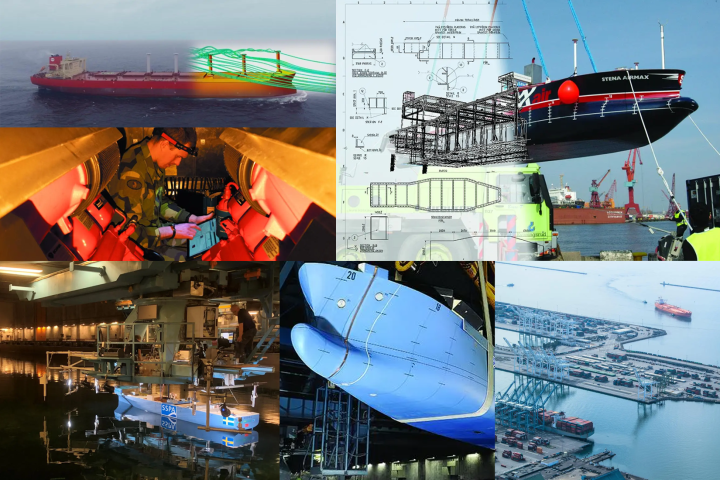
SERVICES
Wind-powered ships. Hydrodynamic Design & Verification. Environment, Risk & Operation. Integrated Logistics Support & Technical Information. Naval Architecture & Systems Engineering. Maritime Logistics. Research, Innovation & Development.
Latest news
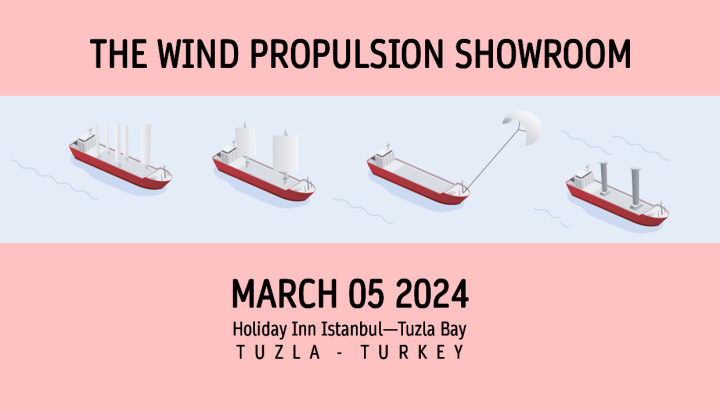
Welcome to the Wind Propulsion Showroom
6 Feb 2024
RISE invites to a one-day meeting on WIND PROPULSION in Tuzla, Turkey.

Welcome to SWOPP - register now!
4 Dec 2023
Registration for SWOPP still open! A project for all organizations working with performance predictions of wind-powered...
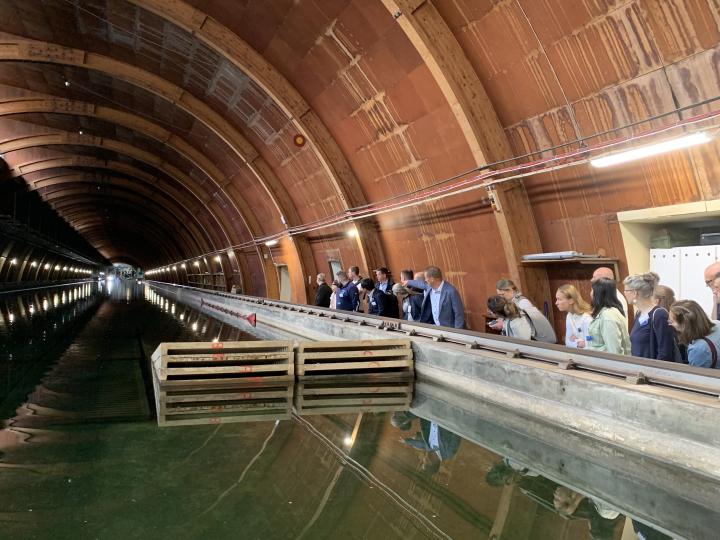
Antifouling conference highlights SSPA Maritime Center
14 Sep 2023
Some 60 delegates at the ongoing International Antifouling Conference in Gothenburg, Sweden, today visited RISE test...
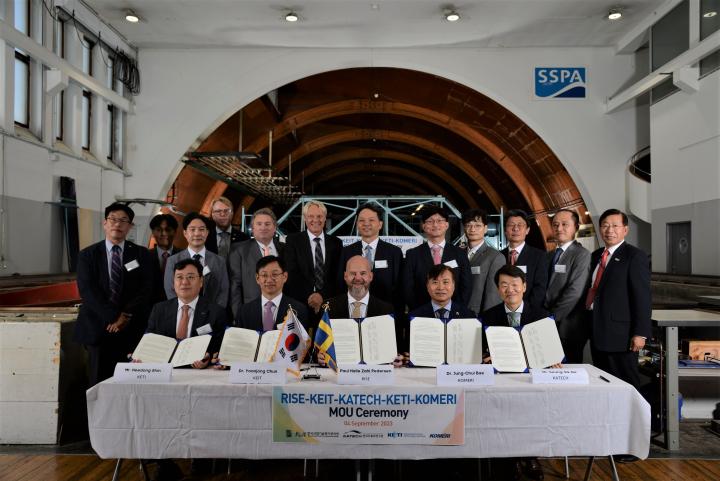
RISE-Korean research collaboration agreement
6 Sep 2023
Representatives of four Korean research organizations and research financiers have signed a cooperation agreement with...

RISE helps achieving Olympic medals
31 Aug 2023
The Swedish sailing team came home from the recent unified World Sailing World Championship with a gold (FX), a bronze...
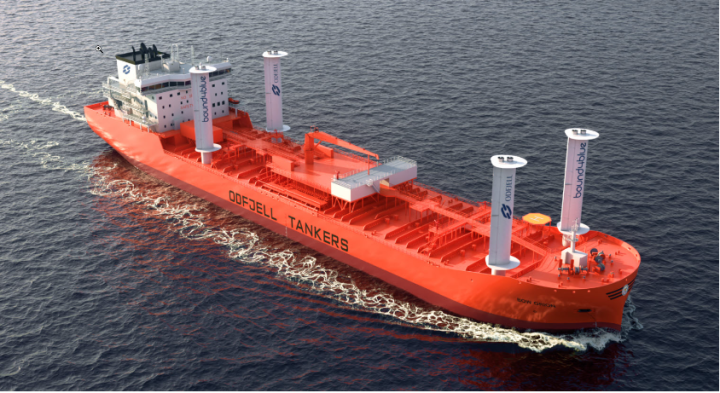
World’s first: Wind propulsion on a chemical tanker
28 Aug 2023
Norwegian shipping company Odfjell turned to RISE to investigate different wind propulsion systems.
video
Get to know SSPA Maritime Center!
Through international collaboration with industry, academia and the public sector, RISE ensure business competitiveness and contribute to a sustainable society.
With more than 80 years of maritime research, development and innovation, RISE is at the forefront of the sustainable transition grounded in science.
Take a look behind the scenes of our test beds at SSPA Maritime Center!
